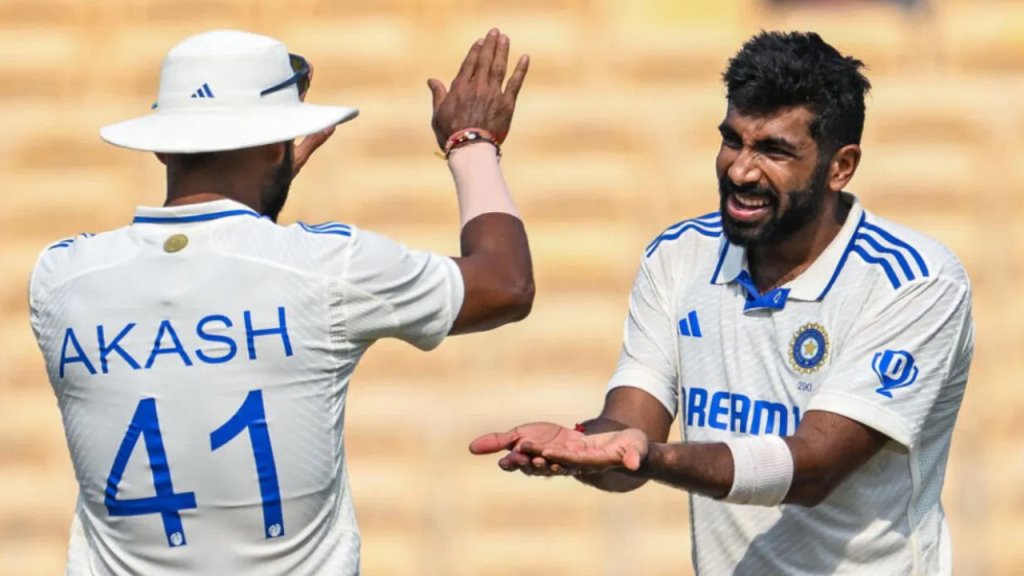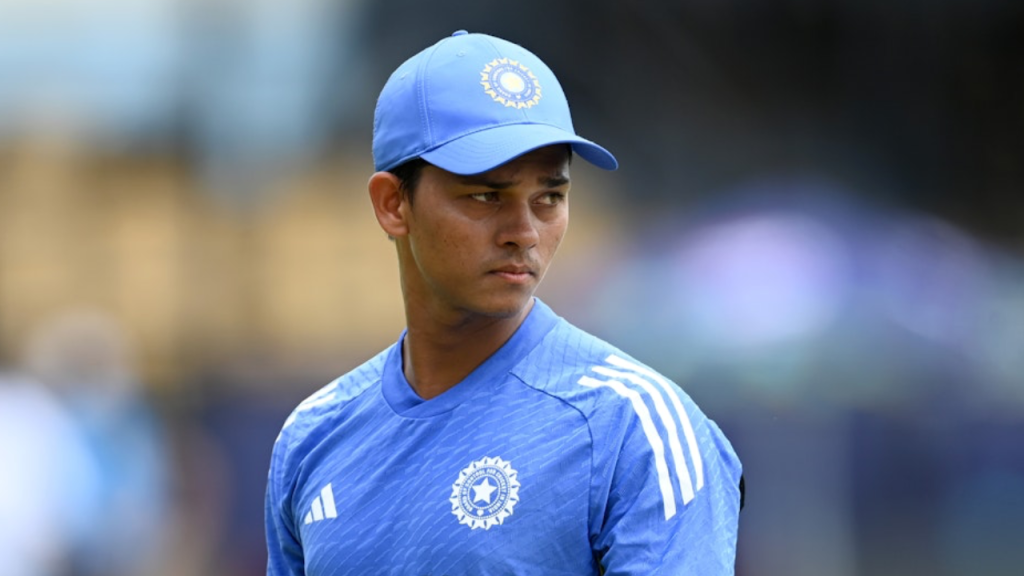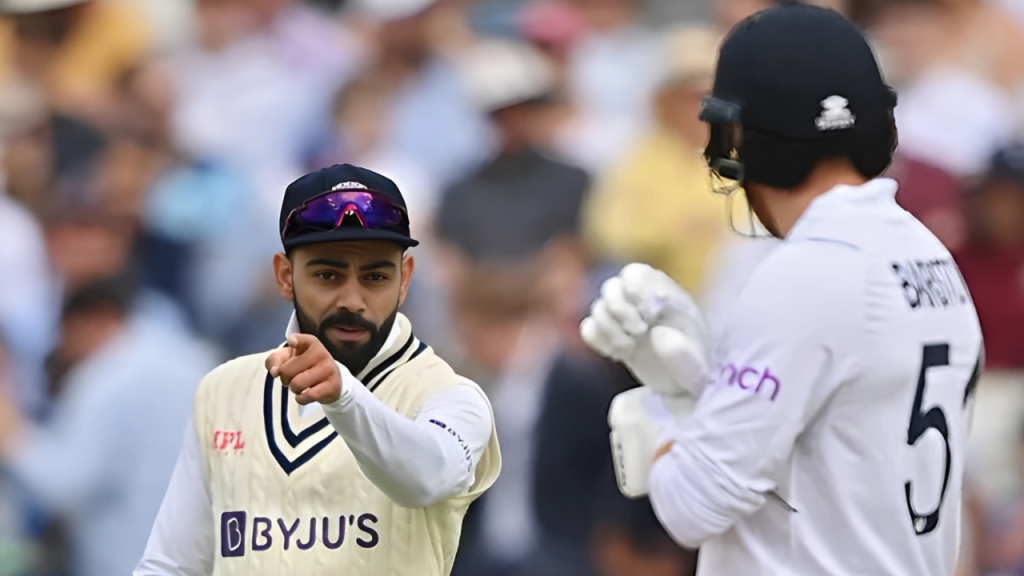In the ever-evolving landscape of cricket, where formats and player roles are constantly redefined, the emergence of a batsman like Rinku Singh represents a fascinating case study in the adaptability and potential of modern cricketers. Known predominantly for his explosive finishes in the shortest format, Singh’s journey from the domestic circuits of India to the international stage has been marked by moments of brilliance that have caught the eye of selectors, coaches, and fans alike. Yet, beneath the veneer of his T20 heroics lies a skill set and temperament that many believe could be equally, if not more, impactful in the traditional bastion of cricketing excellence: Test cricket.
The narrative of Rinku Singh potentially transitioning into a Test batsman isn’t just about his ability to score runs but about the nuances of his game that suggest a deeper reservoir of cricketing acumen, ready to be tapped into the longer, more grueling format where patience, technique, and mental fortitude are as crucial as raw talent. This exploration into why Rinku Singh could excel in Test cricket delves into his first-class record, his temperament under pressure, and his technical proficiency, painting a picture of a cricketer whose story might just be beginning, with the red ball offering a new chapter in his cricketing saga.
Here are three reasons why Rinku Singh could potentially excel as a Test batsman:

Proven First-Class Record
Rinku Singh has demonstrated a robust performance in first-class cricket, amassing over 3173 runs at an average of 54.70, which includes seven centuries. This record indicates his ability to handle the longer format’s demands, where patience, technique, and the ability to convert starts into big scores are crucial. His first-class statistics suggest he has the temperament and skill set to adapt to Test cricket’s challenges, where consistency and the ability to score big runs are paramount.
Calm Temperament
One of the standout qualities noted by former coaches and cricket analysts is Rinku’s calm temperament. This attribute is invaluable in Test cricket, where sessions can be long, and the pressure to perform can be intense. His ability to remain composed under pressure, as seen in T20s and IPL matches, could translate well into the Test arena, where maintaining concentration over long periods is essential. This calmness allows him to make calculated decisions, which is vital when facing bowlers who can exploit any lapse in concentration over five days.
Technical Proficiency and Adaptability
While Rinku Singh has made a name for himself as a finisher in T20 cricket, his technique against pace and spin, as observed in domestic cricket, shows he’s not just about power hitting. His approach to batting, including his ability to play conventional shots with a high strike rate, suggests he has the technical skills to adapt his game for Test cricket. His proficiency in handling full deliveries, executing cover drives, and his overall strike rate against pace bowling could be honed further for the longer format, where shot selection and playing the ball late are key.
These reasons, drawn from his domestic performances, expert analyses, and the broader cricketing community’s observations on social media platforms, underline why Rinku Singh could transition successfully into Test cricket. His journey from domestic cricket to international T20s has been marked by an ability to perform under pressure, adapt to different formats, and show resilience, all of which are critical for success in Test cricket. However, the transition from T20 to Test cricket requires further adaptation, particularly in terms of patience and building innings, areas where Rinku’s first-class record provides a promising foundation.





